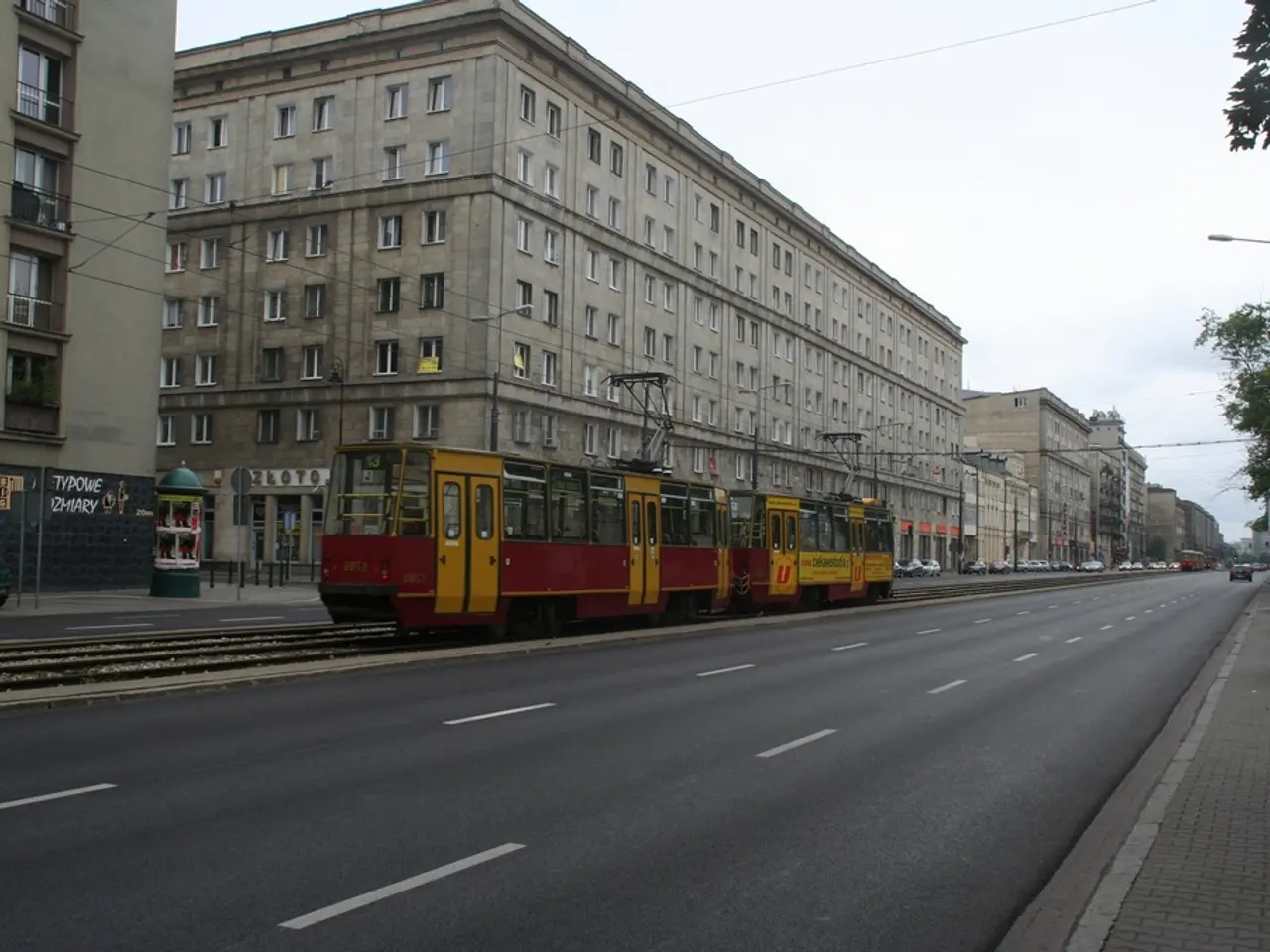Oaxaca unveils cable car system in the air for enhanced transportation and tourism growth, not limited to CDMX.
Two significant urban transportation projects are underway in Mexico City and Oaxaca City, aiming to improve mobility and reduce travel times in congested areas.
Mexico City Cablebús Line 4
In July 2025, the Cablebús Line 4 project was presented, spanning 11.4 kilometers from Pedregal de San Nicolás in Tlalpan to the Universidad Metro station at UNAM. This modern cable car line is expected to drastically cut travel time for residents, reducing it from approximately 2.5 hours to just 40 minutes. By alleviating congestion on the overloaded carretera Picacho-Ajusco highway, the new line will provide much-needed relief to commuters.
Construction of the Cablebús Line 4 is scheduled to take at least 1.5 years, with an estimated cost of 4.5 billion pesos (roughly US $240 million). The project will be tendered by the Mexico City government, with federal funding. Two companies—Doppelmayr (Austria) and Leitner (Italy)—dominate the global cable car construction market.
The Cablebús concept draws inspiration from similar urban cable car lines in La Paz (Bolivia), Bogotá, and Medellin (Colombia), designed to alleviate transport stress in hilly or traffic-jammed areas of Mexico City.
Oaxaca City Cable Car System
Oaxaca City has developed an extensive aerial cable car system, consisting of three lines and 19 stations spanning a total of 24.75 kilometers (about 15.4 miles). The system's primary aim is to relieve traffic congestion and improve connectivity across the Central Valleys (Valles Centrales) region of Oaxaca, which is rich in cultural and archaeological significance.
The project integrates with the geographic features of the Oaxaca Valley, a crucial cultural and agricultural area known for sites like Monte Albán and for being a birthplace of ancient corn species.
The Oaxaca City cable car system is still in its developmental stages, and specifics regarding funding and construction companies have not yet been reported. However, the project is expected to significantly improve transport across a complex and culturally rich terrain.
In summary, Mexico City's Cablebús Line 4 will enhance access in southern neighborhoods by providing a modern cable car transit line, funded by local and federal authorities. Oaxaca City’s cable car system is a larger network serving its central valley municipalities, designed to improve transport across a culturally and geographically complex terrain.
- The announcement of the Oaxaca City cable car system made headlines in the news, showcasing its potential to revolutionize transportation in congested areas.
- The finance sector is considering the impact of these urban transportation projects on Mexico City and Oaxaca City's infrastructure, with longer-term effects on the local industry as a whole.
- Travelers planning their itinerary may take note of these transportation advancements, as they could potentially reduce travel times in both cities.
- As more cities worldwide seek innovative solutions to combat traffic congestion and improve mobility, the success of these projects in Mexico City and Oaxaca City will attract attention from the global culture and transport communities.




